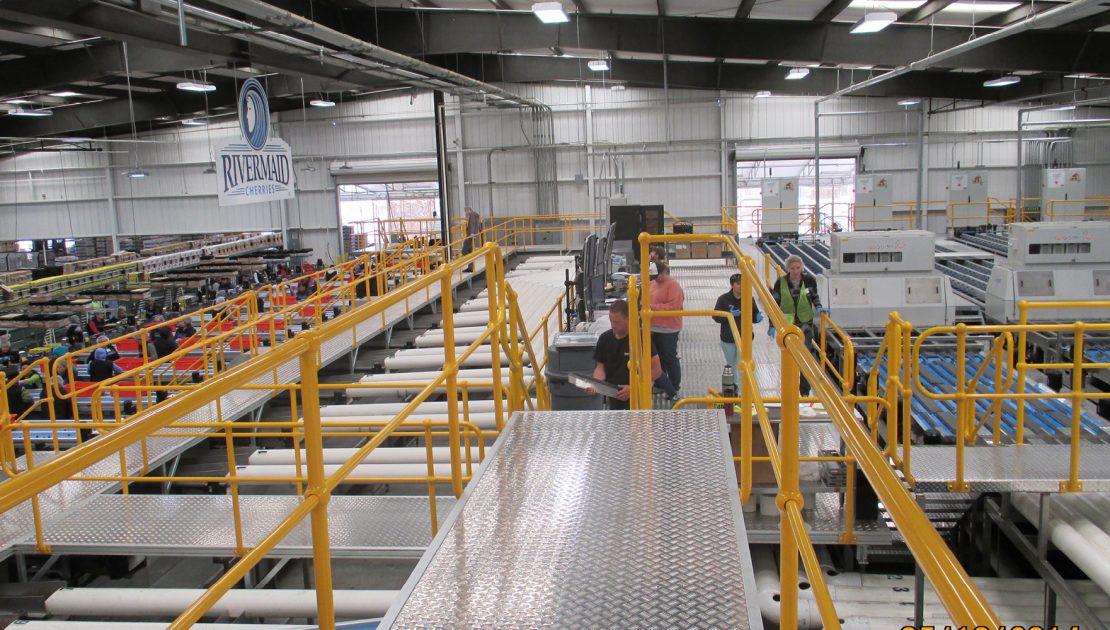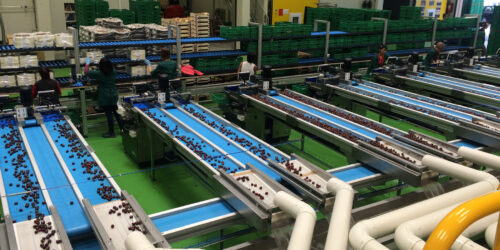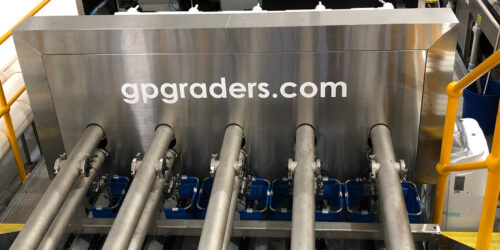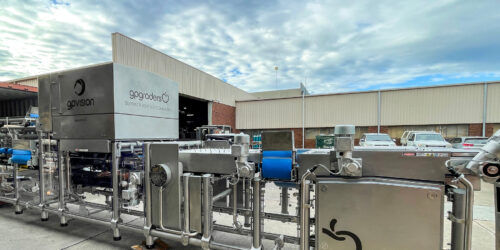We’re proud to partner with so many exceptional agricultural businesses, enhancing the overall productivity and excellence of the fresh produce industry globally.
- 8 March 2014
- gpgraders
- No Comments

GP Graders pay off for Rivermaid
The total revenue increase occurred through overall improvement in size accuracy from around 50% accuracy when using mechanical sizers to 98.5% using GP Graders’ new AirJet® electronic sizer. However, not only did Rivermaid allocate each cherry into the correct size category but they also were able to allocate every cherry into the correct quality category.
The AirJet’s® software is able to precisely allocate first, second, third and even fourth quality cherries according to the prevalence of internal and external defects. This is achieved through determining the percentage coverage of the defect on the fruit. For example, first quality export may have 0% defect whilst second quality may have 0-1.8% defect, being a crack, a bruise, or both.
Rivermaid separated their fruit according to:
1) First Quality
2) Second Quality
3) Third Quality
4) Brine
5) Peddler
6) Juice
7) Cull
Every batch of cherries from growers was segregated into these categories and a varying market price was realized. This resulted in the grower achieving the absolute maximum market return for the fruit he delivered to Rivermaid. Therefore, in a tough year, Rivermaid was able to provide growers the best returns out of all Californian packers.
Japanese buyers relayed to Rivermaid that the GP Graders machine was the only one able to remove windburn: a subtle, non-soft textured color defect (brownish hard skin). Competitor machines required removal of star crack by hand. Rivermaid achieved 0% rejection rate of by-products such as brine and 0% rejection rate for quality of exported fruit.
The ability to cut costs was also a major benefit of Rivermaid coming out ahead. Per pound, packing costs were reduced by 66% from the previous year, wholly due to massive reductions in sorting staff. The accuracy of the AirJet® software meant most of the human decision making on the sorting belts was discarded, as it simply was not required.
GP Graders’ AirJet® cherry sizers are the most accurate and consistent systems available in the world today – beating the next closest competitors by 25% on defect sorting and 15% on size grading.



